Ex-Bud Ekins ISDT-Winning 1962 TR6SS
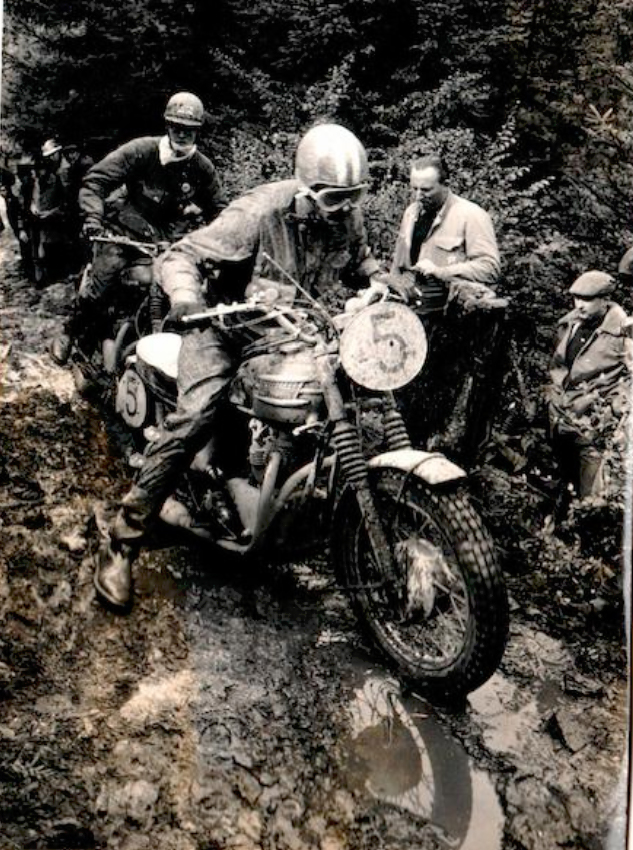
employed the pre-unit construction design, and one of the most sparsely found post-WW2 Triumphs.
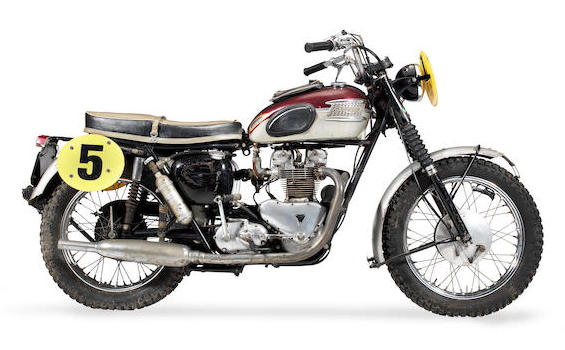
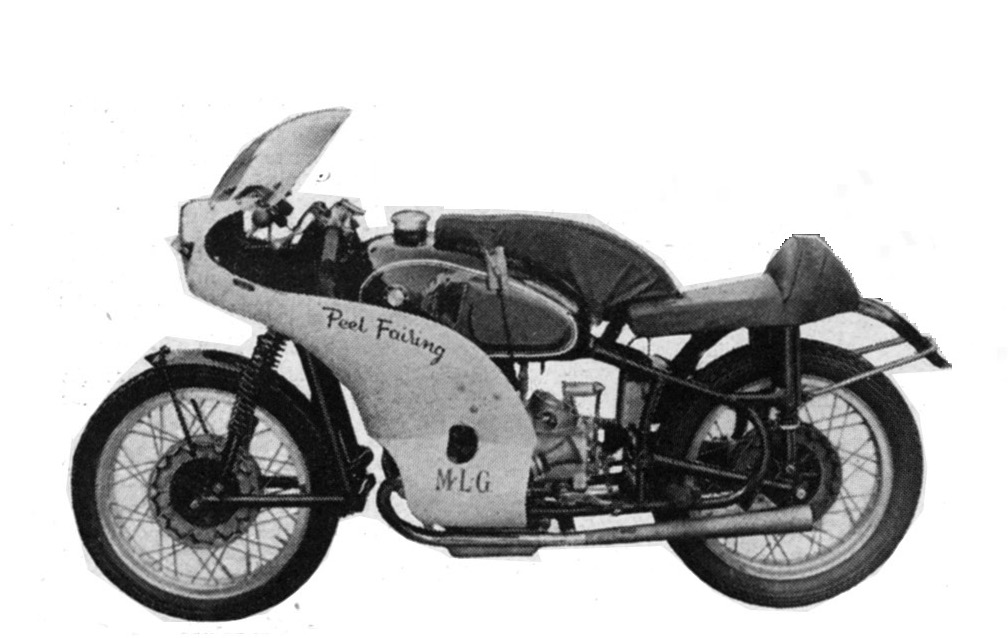
In March of ’61 UK-based BMW dealer MLG built a pair of boxer twin racers to compete in long-distance racing, and to attempt to break the 24 hour record at France’s Montlhéry circuit. Despite Velocette being the first to take the record earlier that year, with an average speed of 100.5mph for a full day, it wasn’t long before the Birmingham-based brand’s record was beaten by one of MLG’s specially-prepped R69S by almost 10mph thanks, to an average pace of 109.24mph in the 24hr [and an extra 100cc – pd’o]. The MLG BMW — campaigned by riders Ellis Boyce, George Catlin, John Holder, and Sid Mizen — also set a slightly faster record over 12 hours, with an average speed of 109.39mph, not to mention its various successes later that same season at the Silverstone 1,000, and Barcelona 24hr races.
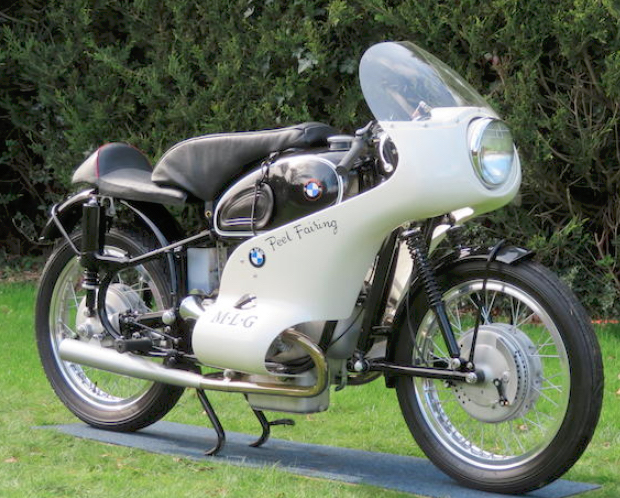
Five Moto Guzzi Singles
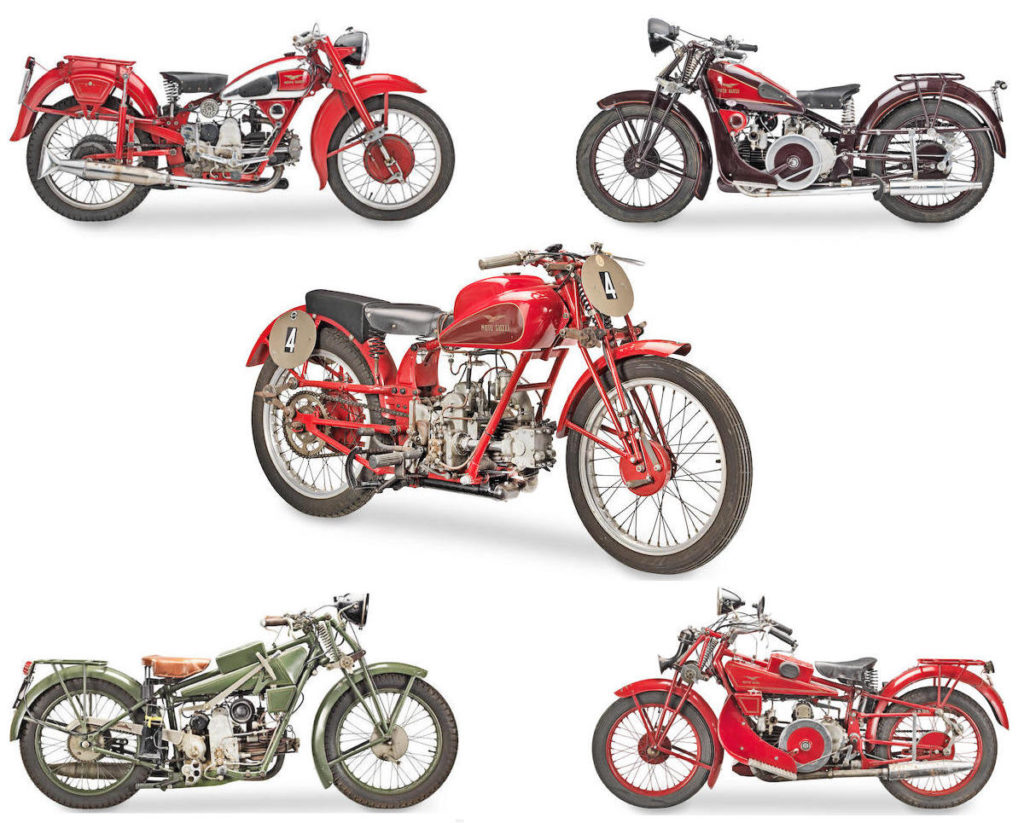
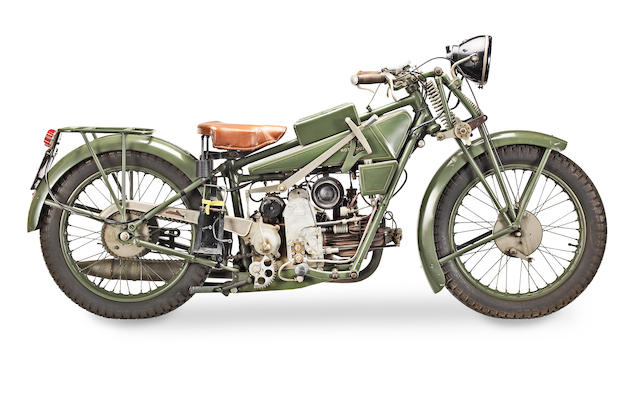
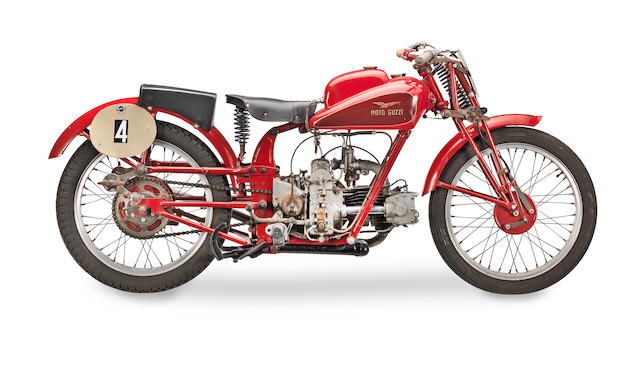
1955 Vincent 998cc Black Prince
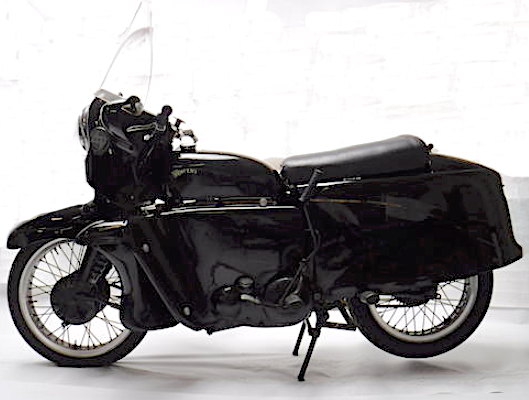
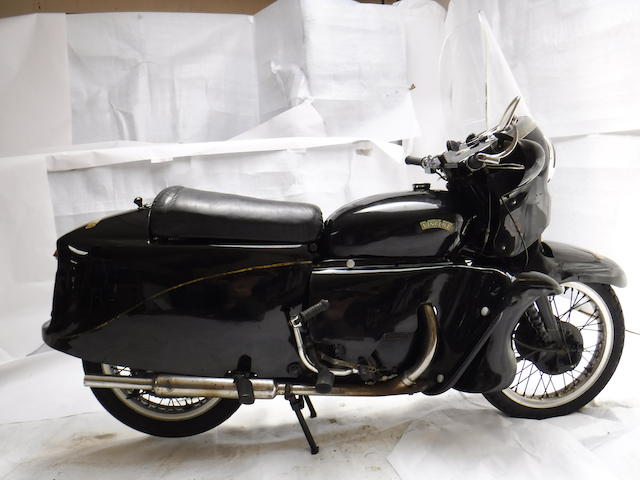
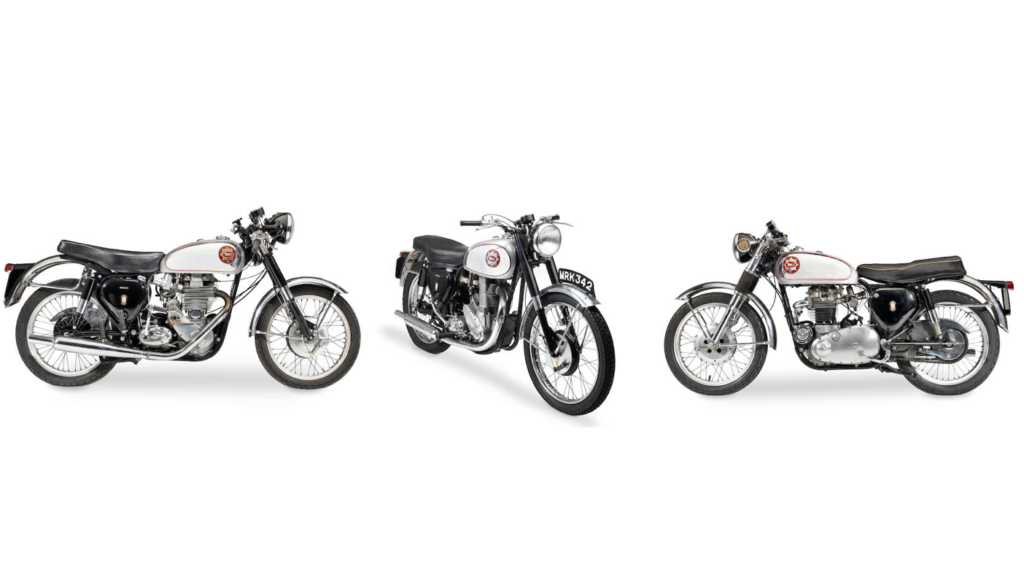
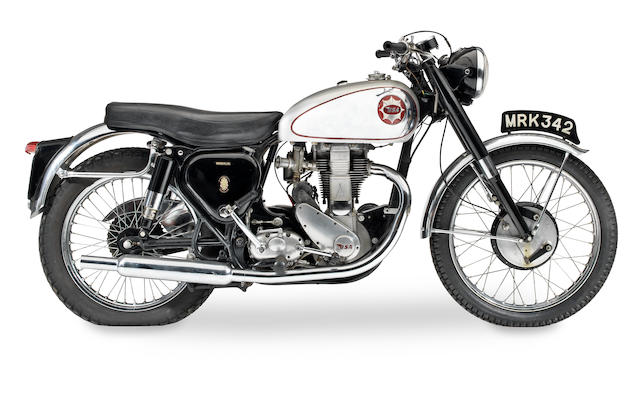
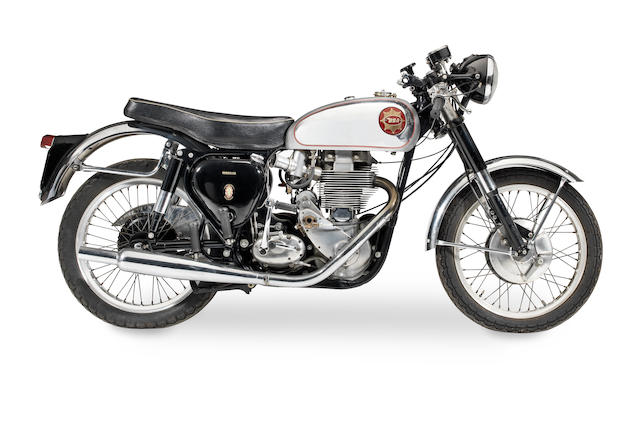
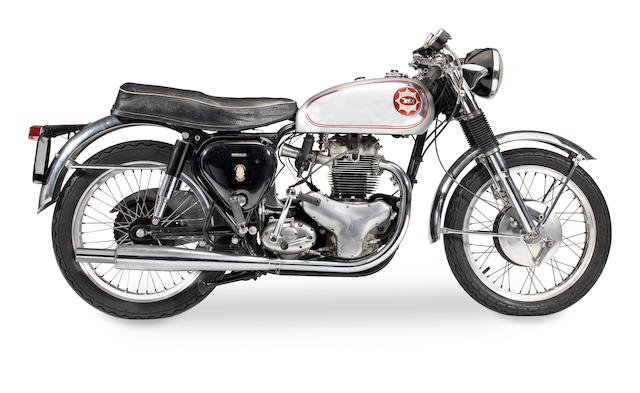
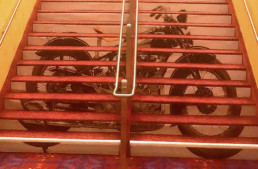
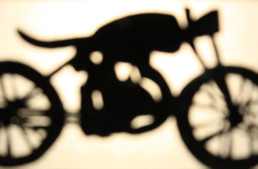
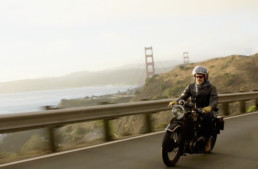
The ‘reputed’ MLG R69S for sale at Bonhams forthcoming auction is in fact a nicely constructed ( but not technically correct) replica. The chassis on the bike, number 655526, was manufactured on the 23rd June 1961 and despatched to the German dealer Hammer in Monchengladbach on 26th June 1961 exactly three months after it supposedly broke the 24hr record! As to the ‘works’ engine supplied for the successful attempt it carried a special number from the factory and not the seven digit number the sale bike carries. These facts can be verified by Fred Jacobs or Andreas Harz at BMW Historic.
As to success in the Thruxton 500 mile race in 1961 this was in fact won by Tony Godfrey on Alec Bennett’s (the Southampton dealer) 650cc Triumph. Both MLG’s BMW machines retired in the race, the 24hr record machine suffering a broken inlet cam follower. Hope this puts the historical record straight.
So, it’s like Ceasar’s axe, with 8 replacement heads and 47 replacement handles? Sounds like someone at Bonhams needs to do a little more homework… We’ve amended the story to suit the question marks. Why is it so rare a machine with important history comes up for sale with solid-gold provenance?
The ‘solid gold provenance’ in this case hinges on a ‘letter of authentication’ signed by Charles Lock the managing director of MLG (Motler Lock Gregory) which quotes the frame number as 655526 and the engine number as 6555260. The letter states that ‘this is definitely an ex MLG machine although there are many cosmetic differences’. The hand written letter, signed but not written by Charles Lock was authenticated by him when he was already quite an old man. Interestingly the same (but unrestored) machine was entered by a previous owner in the Brooks Auction at the Stafford Show on 27th April 1997 (Lot 321) complete with the letter of authentication but was withdrawn from the sale. Wonder why?
Paul (we were introduced at Banbury a couple of years ago) I thank you for publishing my previous comment and supporting my attempt to keep the historical record correct.